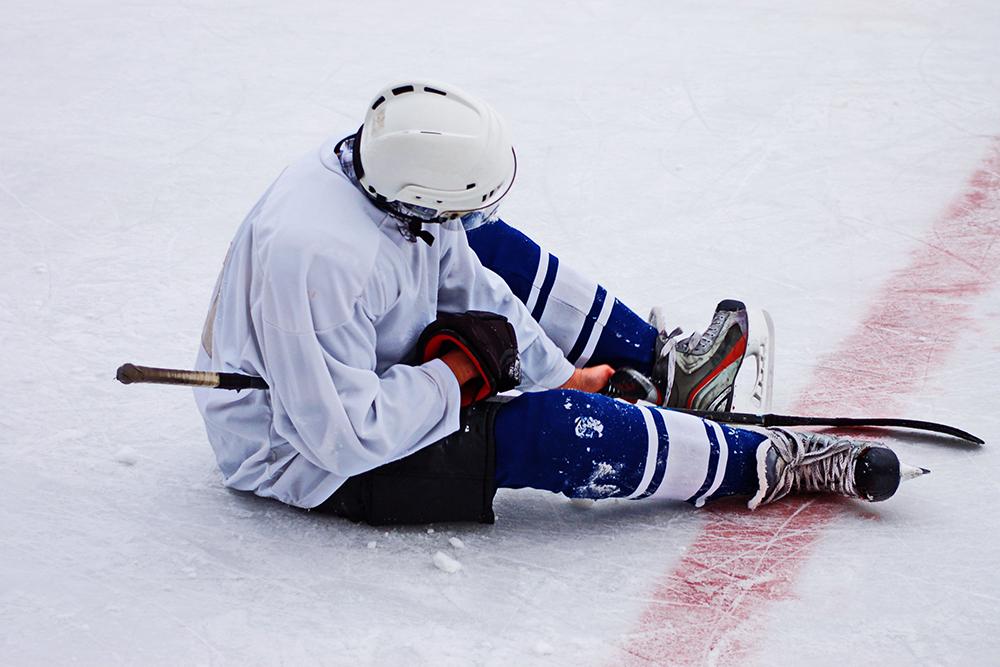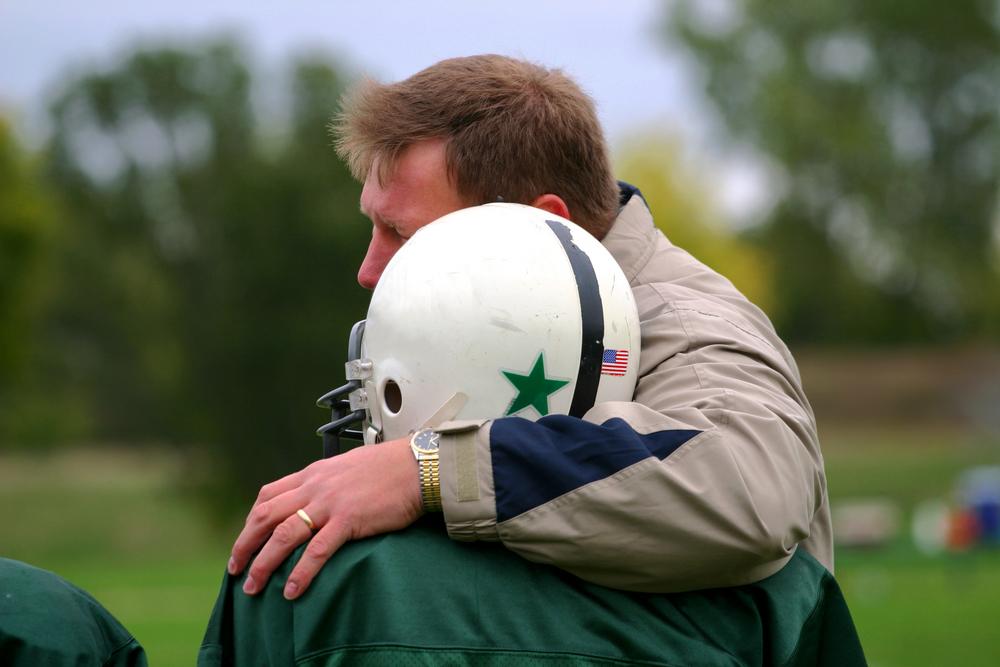 As a young athlete, your child is occasionally faced with big decisions, as well as hundreds of smaller scale decisions on a regular basis. Parents should not only teach good decision-making habits and strategies, but also help their athletes feel confident about making tough decisions.
As a young athlete, your child is occasionally faced with big decisions, as well as hundreds of smaller scale decisions on a regular basis. Parents should not only teach good decision-making habits and strategies, but also help their athletes feel confident about making tough decisions.
Dr. Carl Pickhardt, PhD, practicing psychologist and author of 15 books on parenting, including his most recent book, WHO STOLE MY CHILD? Parenting through four stages of adolescence, shares his expertise on how to teach your young athletes how to feel confident about their decisions, from the early days of T-ball all the way through college visits.
Teach your athlete to recognize decisions when they’re being made
To be confident about making tough decisions, a child needs to learn how to make smaller, simpler decisions for themselves from a young age. “You don’t empower younger athletes to feel like they can make their own decisions; you empower them by helping them recognize all the athletic decisions they are already making for themselves,” says Pickhardt. “This is the personal power base you want them to be able to build upon.”
Helping a child become decisive during practice or games can help to build a strong, resolute nature that will later be used for more than just game-day small-scale decisions. Pickhardt adds that the younger a student is when he starts making decisions for himself, the easier it will be to make complex decisions later on. Think of decision-making like a muscle that needs to be worked out and regularly used to stay strong. The stronger that muscle gets, the more confident your athlete will be in their decisions.
Help your child see the importance of consequences
“Decisions can determine direction, and setting one’s own direction can feel satisfying,” says Pickhardt. Children often don’t feel that they have true decision-making power, so when a choice is within their control, make sure you’re explaining how and why the decision matters.
“Choosing shows what one cares about, but also brings with it the risk of disappointment,” Pickhardt adds. “Choosing is also losing — time and energy spent on activity X means time not spent on activities Y and Z, and so this brings the risk of regret.” For example, a young athlete can choose to focus on soccer or track for the spring season.
Because they must choose one thing over the other, children often don’t want to make a decision or will avoid making one. But athletes will gain self-confidence by making these tough choices, so don’t try to force your child into a decision that you think is the right one.
Acknowledge the difficulty of making choices
From an adult perspective, some choices seem obvious to you — but that doesn’t mean it’s obvious to your child, and that’s okay. “If the child wavers back and forth or keeps changing their mind, they may be experiencing honest ambivalence — wanting and not wanting to do something at the same time,” says Pickhardt.
Be patient, and don’t push your athlete toward a decision that you want, but instead, help your athlete come to their own choice. “All decisions are partly an entry into the unexpected,” Pickhardt reminds parents. “Thinking through decision-making is important because by predicting possible outcomes before deciding, one can evaluate a possible decision before choosing it.”
You can help your young athlete by teaching smart decision-making tactics, like listing out pros and cons of different options, and by looking back at similar decisions that they’ve made in the past. Remember, an adolescent’s emotional intelligence is still developing, and they may not yet have all the tools to make a rational, thought-out decision.
_____
It’s tempting to simply equate confidence in a decision with making the ‘right’ decision, or a feeling of sureness. But unfortunately, most decisions aren’t black-and-white.
Things like focusing on a club team versus a school team, or choosing a college to attend, won’t be simple choices with an obvious right or wrong answer. “Rather, confidence in hard decision-making is not so much being sure of the outcome, but being secure that whatever the outcome, you will be okay and glad you gave it a try,” says Pickhardt. “That’s true confidence.”



